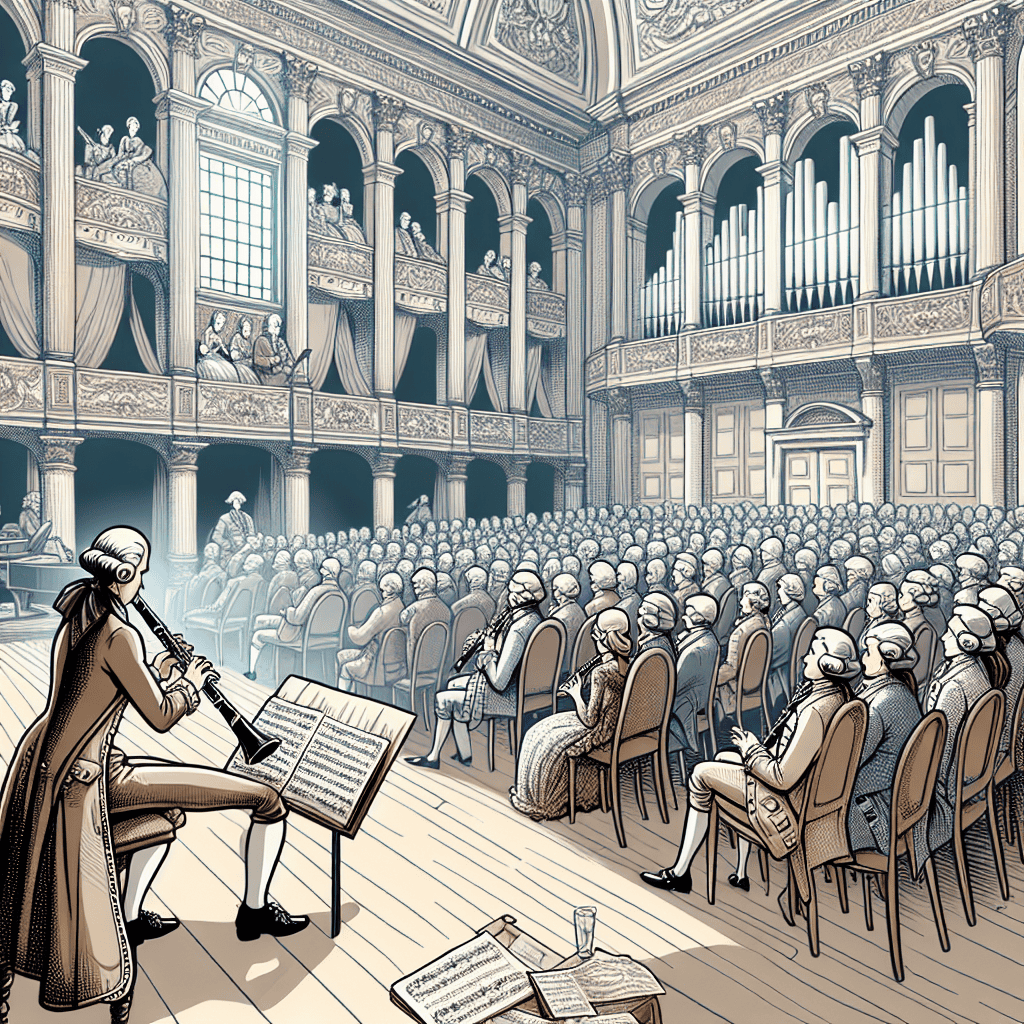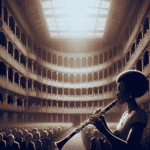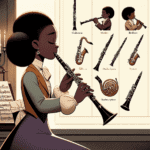The Clarinet's Rise to Prominence in the Romantic Era
The Romantic Era, spanning from the late 18th century to the early 20th century, brought about a musical revolution filled with emotion and expression. Surprisingly, the clarinet found itself at the center of this vibrant period. Whether you're a clarinetist or simply curious about music history, exploring the clarinet's journey through this era is sure to be an interesting and eye-opening experience!
The clarinet's story begins in the early 18th century, quickly becoming a favorite among composers. As the Romantic Era unfolded, it had already secured its place in orchestras, chamber groups, and solo performances. How did this transformation occur? Let's explore the fascinating history together.
The Clarinet's Evolution: A Musical Tale
The clarinet's journey during this time resembles an exciting storybook, complete with memorable characters and unexpected twists. Musical giants like Mozart, Weber, and Brahms composed pieces that showcased the clarinet's warm, expressive tone. Mozart's Clarinet Concerto in A Major remains a cornerstone of the repertoire, demonstrating the instrument's ability to convey a wide range of emotions. This piece exemplifies how composers harnessed the clarinet to bring their artistic visions to life.
| Composer | Notable Clarinet Work | Contribution to Clarinet Literature |
|---|---|---|
| Mozart | Clarinet Concerto in A Major | Showcased the clarinet's expressive capabilities |
| Weber | Clarinet Concertino | Pushed technical boundaries for clarinetists |
| Brahms | Clarinet Quintet in B Minor | Blended clarinet with strings in chamber music |
Weber's Influence on Clarinet Technique
Weber took the clarinet to new heights, composing pieces that challenged clarinetists' abilities. His Clarinet Concertino is a prime example, allowing performers to showcase their virtuosity. These works set new standards for clarinet technique, inspiring future generations of players to push their skills even further.
Brahms and the Clarinet: A Musical Friendship
Brahms developed a special affinity for the clarinet later in his career. His chamber works, particularly the Clarinet Quintet in B Minor, beautifully combine the clarinet's rich timbre with string instruments. These compositions highlight the clarinet's ability to blend seamlessly with other instruments while still shining in solo passages.
Advancements in Clarinet Manufacturing
The Romantic Era also saw significant progress in clarinet manufacturing. Companies like Martin Freres led the charge in instrument design improvements. Clarinets became more versatile with the addition of keys, making them easier to play and more precise in intonation. These advancements allowed more musicians to tackle the complex works being composed, expanding the pool of skilled clarinetists ready to captivate audiences.
Overcoming Challenges
Despite its growing popularity, the clarinet faced some obstacles, particularly in terms of public perception. As other woodwind and brass instruments gained prominence, some questioned the clarinet's role in orchestras. However, the clarinet not only persevered but thrived across various musical genres. Its unique voice became an indispensable part of many beautiful melodies.
The Clarinet and Romantic Themes
Romantic music often explored themes of love, nature, and drama, and the clarinet proved to be an ideal instrument for expressing these emotions. Its ability to convey human-like sentiments made it a favorite for composers and audiences alike. A clarinet solo in a romantic piece can evoke vivid imagery, from a solitary night to a joyous celebration. This emotional connection continues to make the clarinet a beloved instrument today.
The Rise of Clarinet Soloists
The Romantic Era saw the emergence of talented clarinet soloists who captivated audiences with their performances. These musicians demonstrated the clarinet's potential as a solo instrument, capable of holding its own on stage. As performers explored different styles, they contributed to the diverse clarinet repertoire we know today, solidifying the instrument's golden age.
Conclusion
The Romantic Era marked an extraordinary period for the clarinet, characterized by innovation and expressive music. The clarinet played a crucial role in shaping the musical landscape of the time. This beautiful woodwind instrument continues to inspire and charm both musicians and listeners. Whether you're new to the clarinet or a seasoned player, remember the rich history behind this incredible instrument. Draw inspiration from the great composers and performers of the past, and keep the passion for the clarinet alive!
Table of Contents
- The Clarinet's Rise to Prominence in the Romantic Era
- The Clarinet's Evolution: A Musical Tale
- Weber's Influence on Clarinet Technique
- Brahms and the Clarinet: A Musical Friendship
- Advancements in Clarinet Manufacturing
- Overcoming Challenges
- The Clarinet and Romantic Themes
- The Rise of Clarinet Soloists
- Conclusion







